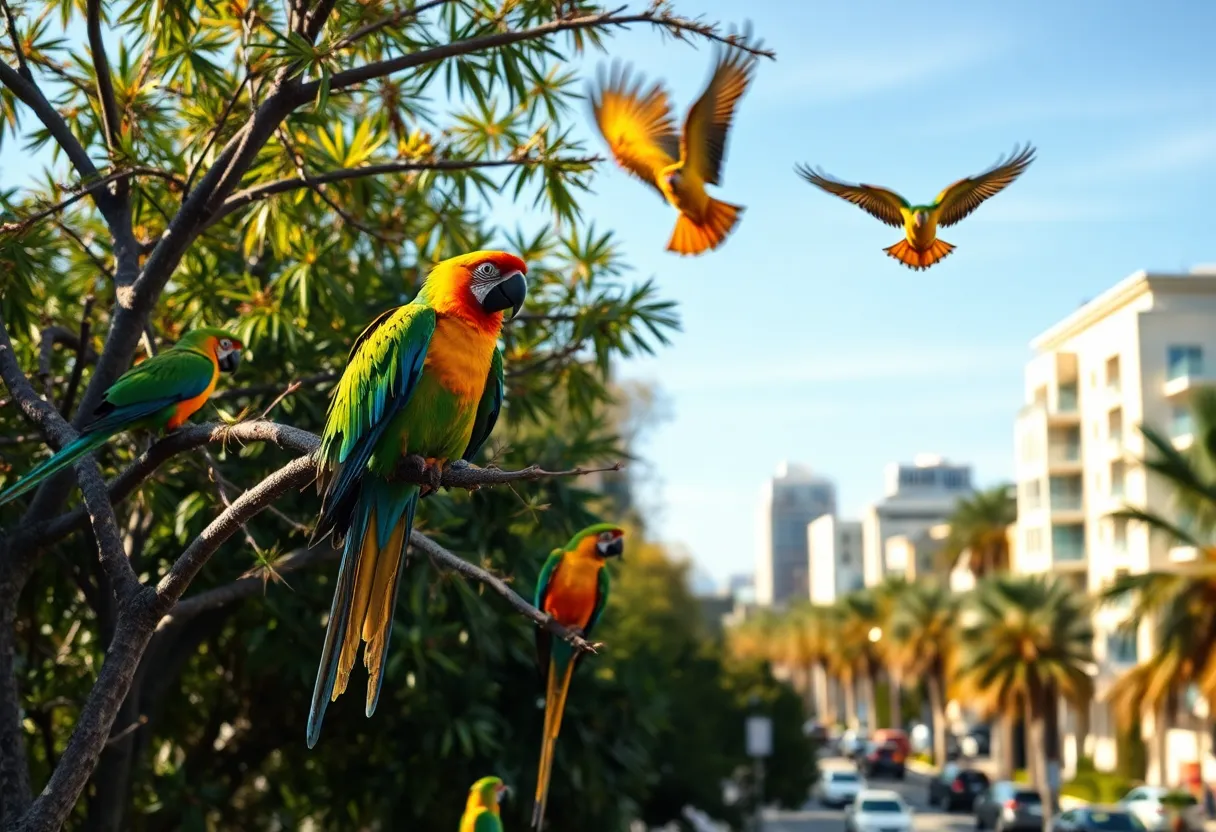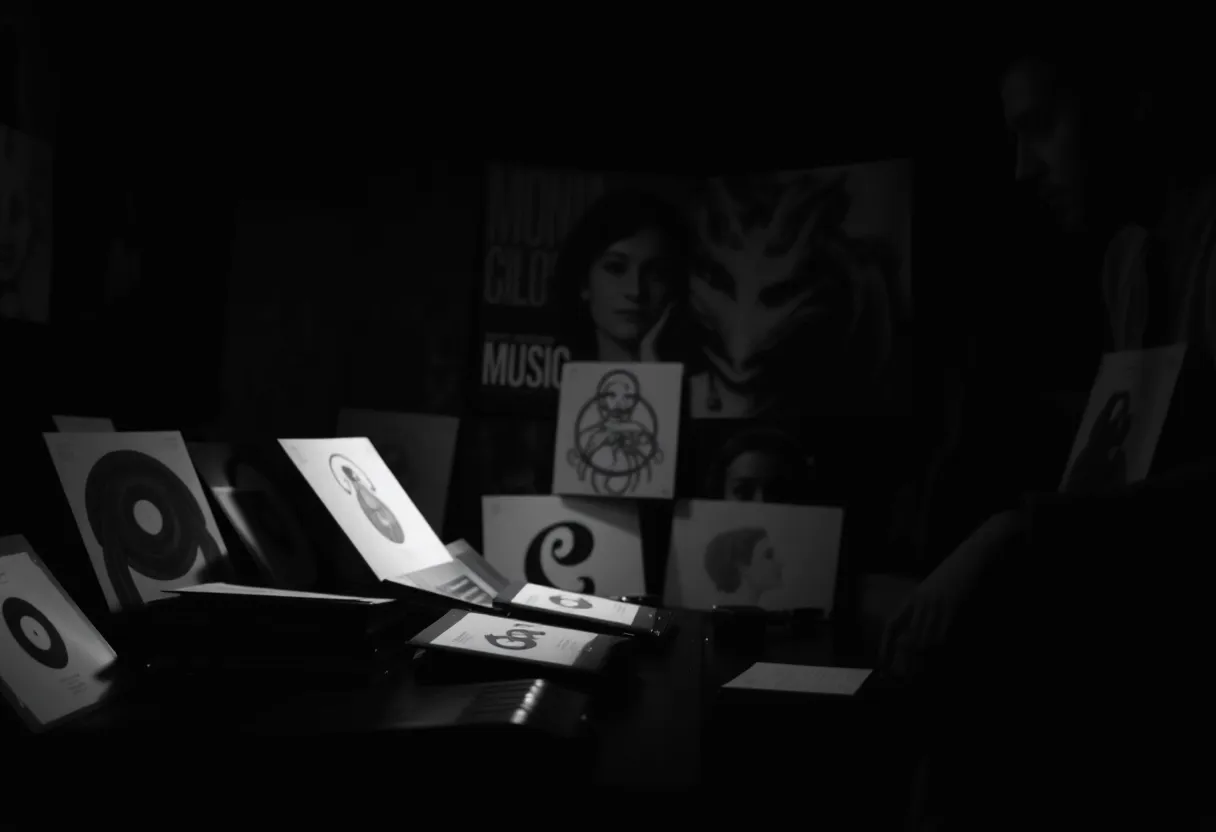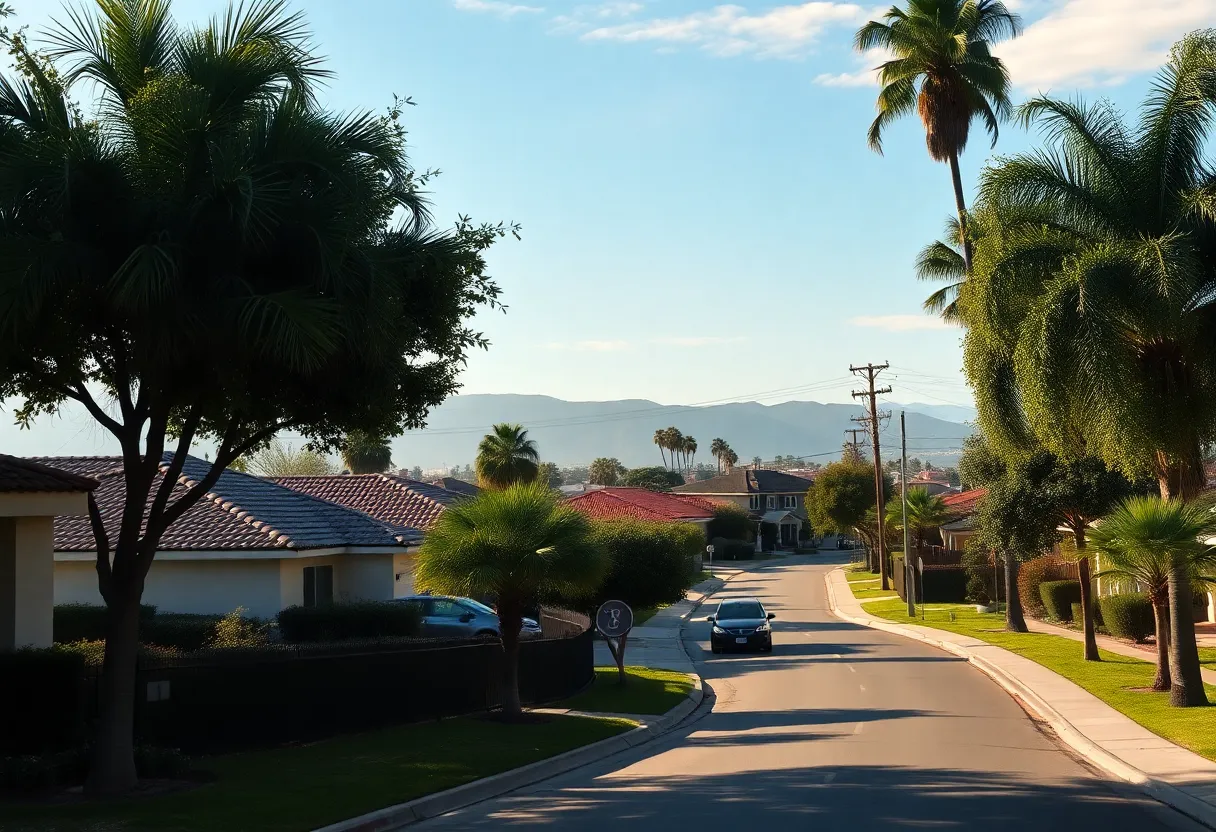News Summary
Dr. Janel Ortiz at the University of San Diego has initiated the San Diego Parrot Project to investigate the local wild parrot population. Focusing on 13 parrot species, this project aims to monitor population dynamics and their adaptation to urban life. Community involvement is encouraged to enhance data collection and foster a deeper appreciation for these colorful birds, which have become integral to San Diego’s ecosystem. The project’s systematic surveys will yield insights over time, contributing to urban wildlife conservation efforts.
San Diego, California
Dr. Janel Ortiz, a biology instructor at the University of San Diego, has launched the San Diego Parrot Project to investigate and monitor the local wild parrot population. This initiative primarily covers the 13 recorded species of parrots that inhabit Southern California, with a particular focus on those residing in San Diego County.
The primary goal of the San Diego Parrot Project is to gather insightful data regarding the population stability of these parrots, which are believed to have descended from the exotic pet trade. Initially transported from their natural habitats in jungles across Mexico, Central America’s, and South America’s, these birds have successfully adapted to urban environments like San Diego.
Dr. Ortiz and her students will explore various aspects of the parrots’ lives as part of their research. Key areas of interest include monitoring their population dynamics—whether it is stabilizing, increasing, or decreasing—as well as how these birds have adjusted to living in urban settings. This will involve observing their foraging habits, identifying the types of food they seek, and understanding their behavioral patterns in the wild.
The initial survey for the project is set to take place in Point Loma, with plans for subsequent monthly surveys to follow. This systematic approach aims to yield comprehensive and consistent data over time, allowing for a detailed evaluation of the parrots’ well-being and lifestyle.
Community engagement is a critical component of the San Diego Parrot Project. Local residents are encouraged to participate in the study, providing them with opportunities to contribute to the observation and monitoring processes. Involving community members is anticipated to enhance the project by covering more ground and ensuring broader data collection.
To facilitate community involvement, Dr. Ortiz has established a dedicated Facebook page for the San Diego Parrot Project. This platform serves as a resource for individuals to learn more about the study, share their observations, and stay updated on the progress of the project. Engaging the broader community is essential for gathering diverse insights and creating a sense of shared stewardship over local wildlife.
The San Diego Parrot Project is set against the backdrop of increasing urbanization, which often impacts wildlife populations. By understanding how these parrots thrive in city landscapes, researchers hope to shed light on broader issues concerning urban wildlife and habitat conservation. This project aligns with wider conservation efforts by researchers and community members advocating for the preservation of natural ecosystems within urban environments.
As the project unfolds, the results will not only enhance scientific understanding of local parrot species but may also lead to increased interest in wildlife conservation among San Diego residents, fostering a deeper connection between humans and nature in their urban surroundings.
Deeper Dive: News & Info About This Topic
HERE Resources
Additional Resources
- San Diego Union-Tribune: 5 Places to Discover in Morena
- BDC Network: UC San Diego’s New Multidisciplinary Life Sciences Building
- NBC San Diego: Tracking San Diego’s Wild Parrots
- The Scientist: Finding Beauty in Biological Spaces
- Fierce Biotech: Eli Lilly Sells Science Studio Lab
- Wikipedia: Parrot
- Google Search: San Diego parrots
- Google Scholar: California wildlife conservation
- Encyclopedia Britannica: Parrot
- Google News: San Diego wildlife conservation
Author: STAFF HERE CORONADO
The Coronado Staff Writer represents the experienced team at HERECoronado.com, your go-to source for actionable local news and information in Coronado, San Diego County, and beyond. Specializing in "news you can use," we cover essential topics like product reviews for personal and business needs, local business directories, politics, real estate trends, neighborhood insights, and state news affecting the area—with deep expertise drawn from years of dedicated reporting and strong community input, including local press releases and business updates. We deliver top reporting on high-value events such as the Coronado Island Film Festival, productions at Lamb’s Players Theatre, community workshops at John D. Spreckels Center, and iconic celebrations at Hotel del Coronado. Our coverage extends to key organizations like the Coronado Chamber of Commerce and Visit Coronado, plus leading businesses in hospitality, dining, and tourism that drive the local economy. As part of the broader HERE network, including HERESanDiego.com, HEREHuntingtonBeach.com, HERELongBeach.com, and HERELosAngeles.com, we provide comprehensive, credible insights into Southern California's dynamic landscape.





